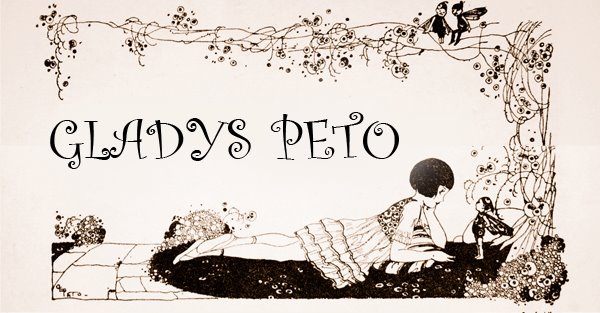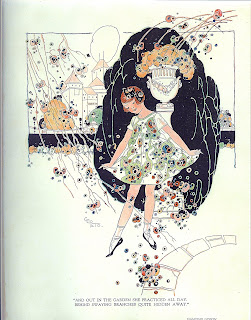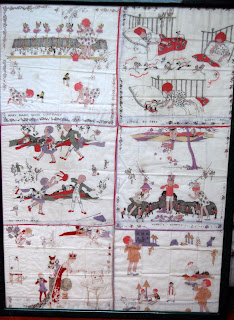
Elusive, enigmatic, an artisan of extraordinary originality and talent, it's difficult to understand why an illustrator and writer as accomplished and pioneering as Gladys Emma Peto was during the 1920s and 30s is not recognised today as one of the greatest artists of her time.
What little is known about her has been gleaned from hours of research of obituaries, magazines and publications from the 20s and 30s, and piecing together evidence from the few letters and articles about her that still exist.
It is known that she was born in Maidenhead, Berkshire in 1890. As child, she went to Maidenhead High School, then Harvington College in Ealing. She later went on to study at the Maidenhead School of Arts in 1908 and the London School of art in 1911. She then undertook a design course at the John Hassall Correspondence school in 1918.
She married Cuthbert Lindsay Emmerson in 1922. He was in the Royal Army Medical Corps, and they travelled extensively throughout Egypt, Cyprus and Malta between 1924 and 1928. They went on to live in India between 1933 and 1938, and finally settled in Northern Ireland in 1939. She died in 1977.
It is not known whether Gladys and Cuthbert had any children, nor if they have any living relatives remaining. To the best of my knowledge, there is no archive of her original artwork, which is extraordinary given the vast amount of illustrations she produced.
If you are a relative of Gladys Peto or Cuthbert Lindsay Emmerson, or have any information to share, please get in touch - maybe we can shine a light on this supremely talented artist and bring her work to the attention of a whole new generation.

















































